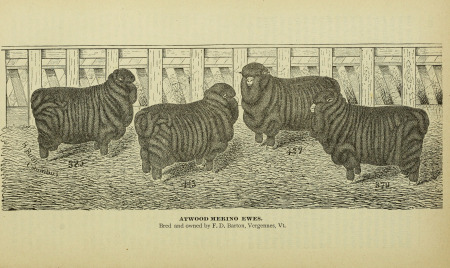I think it’s only fair to reproduce in full IPK’s response to our plea for clarification on some of the search functionalities of the new Eurisco.
The observation that the current EURISCO has limited functionality is fully correct. Let me explain why we’ll have to cope with this for a little while, for the transition period.
While transferring EURISCO to its new host at IPK, due to technical issues, large parts of the EURISCO infrastructure needed to be revised; this regards both to the EURISCO application (search interface and database structure behind) and to the backend (module for uploading national data sets by the National Focal Points). Thus, it was necessary to find a balance between developments which are visible (search interface) and those which completely take place in the background. For this reason, the search interface currently available is limited in functionality, but this will be improved soon.
Actually we hope to make EURISCO into a sandbox, a playground, where it concerns PGR documentation and interfaces with it. We hope to start experimenting with new and flexible ways of including C&E data and linking to genomic data next year. But first, obviously, we’ll bring the interface for the passport data to an appropriate level. All feedback regarding necessary modifications but also wild ideas regarding possible extensions are most welcome.
We encourage all our readers to take advantage of this request for input. Play around with Eurisco, subscribe to the newsletter, and let your views be known.
